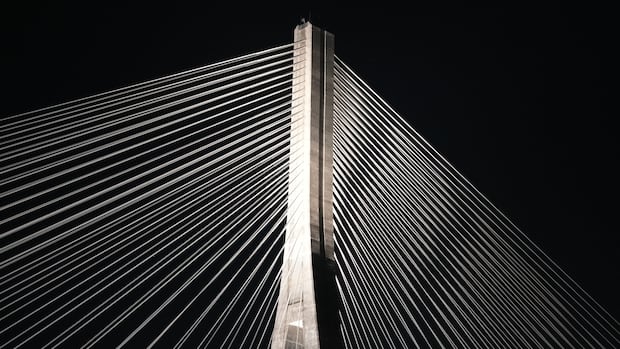The repatriation of the sanctuary of the Yuquot Whalers offers a rare moment of hope

Repatriation of Sacred Whaling Shrine to Mowachaht/Muchalaht First Nation Celebrated on Vancouver Island
A joyous celebration took place on a remote island off the west coast of British Columbia, as the sanctuary of the Yuquot Whalers was returned after more than 120 years. The sanctuary, also known as the Whaler’s wash house, was originally located on a nearby lake and consisted of 88 wooden human figures, four carved whale figures, human skulls, and other sacred components. The return of these artifacts marked a significant milestone for the Mowachaht/Muchalaht First Nation, who had been working tirelessly for decades to bring them home.
The journey of the sanctuary began in the early 1900s when ethnographer George Hunt photographed it with the hope of selling it to the American Museum of Natural History (AMNH) in New York. The artifacts ended up in the museum’s storage, far from their original home. However, a recent repatriation effort led by the Mowachaht/Muchalaht Nation, with the support of the US Native American Graves Protection and Repatriation Act of 1990, facilitated the return of these cultural treasures.
In an emotional moment captured in the NFB documentary “Washing of Tears,” members of the Nation visited the artifacts in New York, reconnecting with their heritage through songs, rituals, and prayers. The long-awaited return of the sanctuary was a bittersweet moment for Chief Jerry Jack, who had dreamed of seeing it back in its rightful place before his passing in 2006. His son, Jerry Jack Jr., expressed his father’s joy in finally fulfilling this wish.
The official transfer of the sanctuary back to the Mowachaht/Muchalaht First Nation took place in March, with members bringing the ancestral remains home in hand luggage and the rest of the artifacts carefully transported by truck to British Columbia. The community celebrated the return of the sanctuary in a Summerfest on August 2nd, honoring their ancestors and reclaiming a piece of their cultural heritage.
The sanctuary now resides in storage containers in Yuquot, awaiting a decision on whether to return it to the lakeshore or preserve it in its current location. Chief Maquinna emphasized that the ultimate decision rests with the Nation, highlighting the importance of self-determination in managing their cultural artifacts.
Repatriation is a complex and challenging process, but it is essential for Indigenous communities to reclaim their heritage and for museums to honor their commitments. As Chief Jack aptly put it, these artifacts are not for display—they are sacred treasures that hold deep significance for the Mowachaht/Muchalaht First Nation. The journey of repatriation may be long, but the return of these artifacts is a testament to the enduring resilience and strength of Indigenous communities in preserving their cultural legacy.



